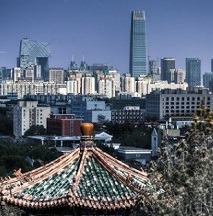
Barbara Ehrenreich: Mind Your Own Business
Source: The Baffler
At about the beginning of this decade, mass-market mindfulness rolled out of the Bay Area like a brand new app. Very much like an app, in fact, or a whole swarm of apps. Previous self-improvement trends had been transmitted via books, inspirational speakers, and CDs; now, mindfulness could be carried around on a smartphone. There are hundreds of them, these mindfulness apps, bearing names like Smiling Mind and Buddhify. A typical example features timed stretches of meditation, as brief as one minute, accompanied by soothing voices, soporific music, and images of forests and waterfalls.



